Mechanical marking is performed by making a hollow in the material that will last over time. Several techniques are available. Your choice can be based on the aesthetics of the result or the marking speed (and therefore the material to be marked).
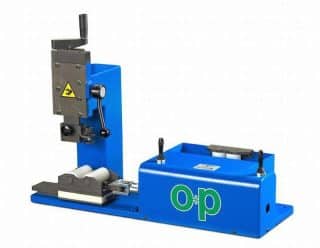
OP roll marking machine
Roll marking:
If the part to be marked is cylindrical in shape, the marking tool (interchangeable characters in a case, engraved block or numberer) comes into contact with the part that is placed on a support of two rollers or threaded onto a pivot. The marking tool rolls the part, and the marking is then performed at the desired depth (depending on the clamping). If the part is flat, it is fixed under the marking tool that rolls over it to mark it. This operation can be manual or motorized (electric). This technology is suitable for metals (brass, steel, aluminum) and plastics. It is mainly used in the mechanical, aeronautical and automotive industries, as well as in metallurgy.
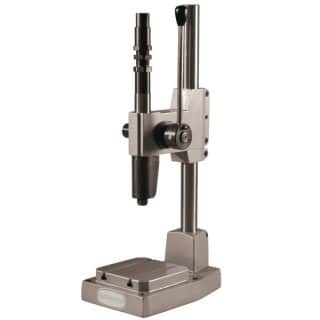
MARKATOR impact marking machine
Impact:
These machines operate on the same principle as roll marking, but instead of rolling the part to be marked, the marking tool strikes it. This technology is suitable for very hard materials such as steel and stainless steel, but also for plastics, leather and wood. It is mainly found in the automotive industry, the plastics industry, and in locksmithing. These machines are available as portable models or can be integrated into a production line. They are either pneumatic or manual.
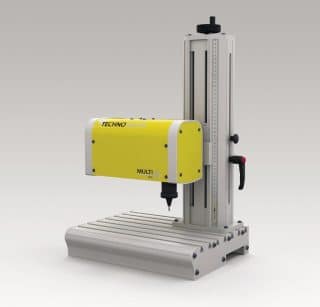
Technomark dot peen marking machine
Dot peen marking (punching):
This technology, which enables the marking of irregular or curved surfaces, uses a punch that moves with a control unit with two motors along an X-axis and a Y-axis. The material to be marked is then punched at precise points, allowing letters or numbers, frames, logos or Datamatrix codes to be drawn. Dot peen marking is either pneumatic or electric, the former being more powerful for deeper marking. This technology is used in the automotive and aeronautic industries (metal or plastic), for mechanical engineering, marking licence plates and and 2D Datamatrix codes.
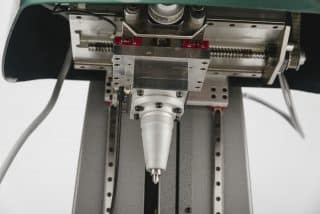
Pryor scribe marking machine
Scribe:
Scribe marking consists of digging out characters from materials, anything from soft materials (plastics) to the hardest materials. The carbide or diamond tip moves along the X and Y axes and allows characters to be engraved by solid line. This technology is quieter than dot peen marking. These machines can be integrated into a production line. This technology can be found in the automotive industry; metallurgy; energy and transport sectors; construction; etc.
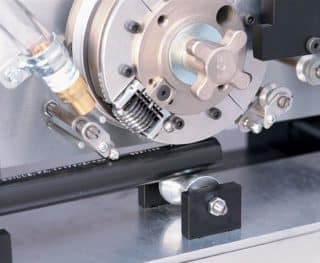
Matthews Marking Systems hot marking machine
Hot marking
Hot marking works in a similar way to impact marking. With this technology the part to be marked comes into contact with a heating block equipped with a marking tool. The heat softens the surface to be marked and allows the mark to penetrate the material. It is possible to interpose a film (ribbon) between the tool and the part to be marked in order to transfer color. This type of machine can be manual or pneumatic. It is used on many materials such as wood, plastic, leather and food (including meat); in the plastics industry, the construction and furniture industry; the leather industry and for promotional items. The machine is placed on a work surface or integrated into a production line.
There are many advantages to mechanical marking:
- Durable marking.
- Unalterable marking.
- Adjustable marking depth.
- Computerized marking control.
- Very easily customizable.
- Can be done manually or automatically.
- Can be integrated into a production line, be transportable, handheld or stationary (to be placed on a surface such as a table, benchtop).
- These machines are particularly suitable for harsh environments as they are highly resistant to shocks and extreme temperatures.
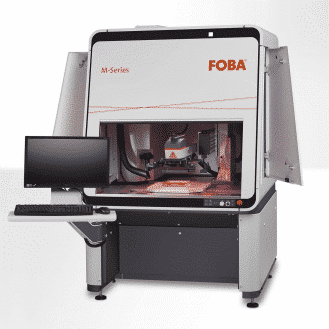






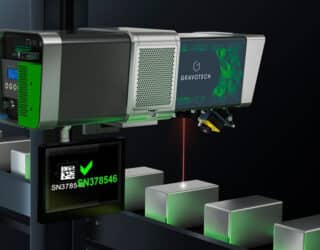

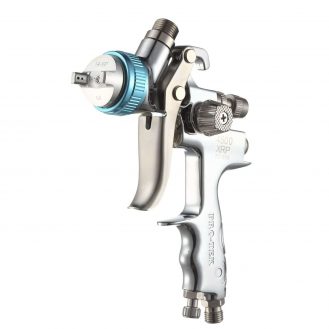
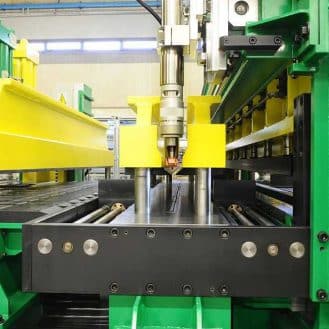


Felicitaciones. Con ustedes encuemtro y aprendo de las publicaciones de muchos productos. Muchas gracias.
Laser technology is so much more versatile than some might believe; what seems like an efficient method of design is also an effective marketing technique and prevents forgery, among other things. Great article